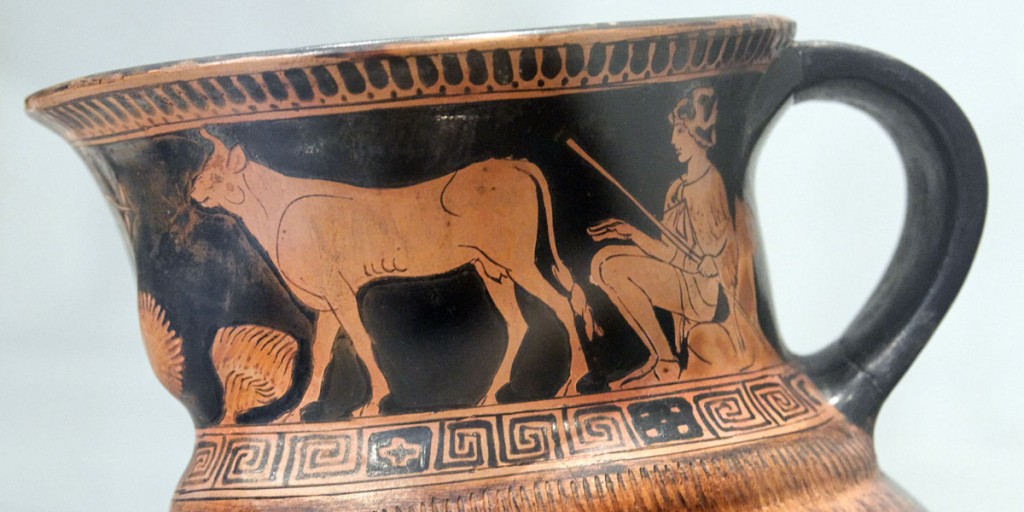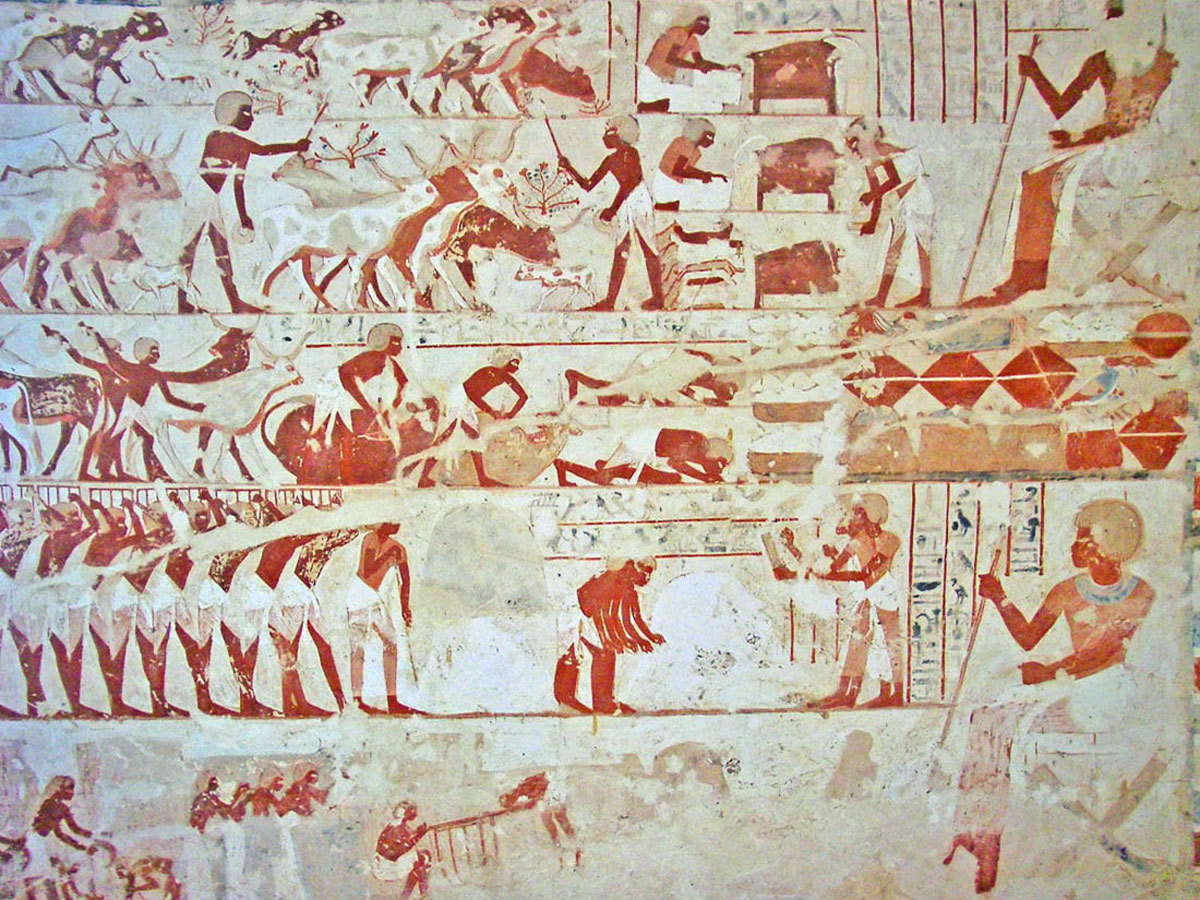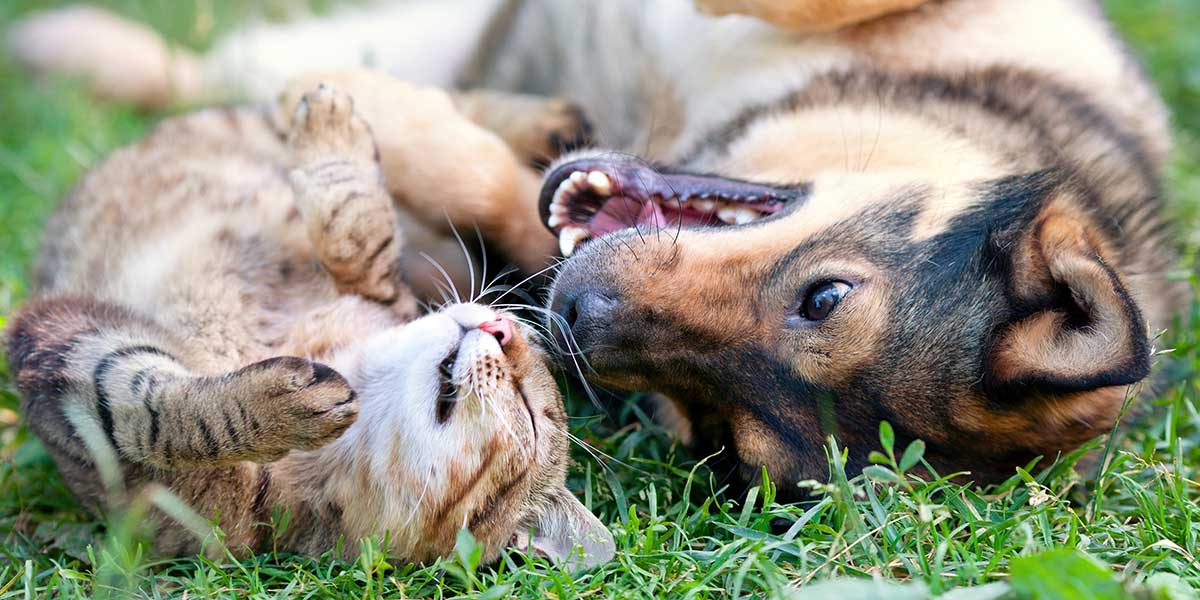
(Source)
A family-run business for four generations, Ketchum Mfg. Co., Inc. has been manufacturing high-quality livestock and pet tagging products since 1928. But did you know that the history of our industry can be measured not just in years—but in millennia?
What is Animal Tagging?
Simply put, “animal tagging” denotes one of the various systems that humans have developed over the centuries as a means of identifying and tracking specific animals, whether wild or domesticated. There are several important reasons for tagging animals, chief among which are:
- to establish ownership
- to control the spread of disease
- to track the movement and behavior of domesticated animals (for agricultural purposes)
- to study and manage wildlife (for scientific purposes)
Modern animal identification techniques fall into two main groups:
- “private” or “management” identification, which individual farmers utilize for their own needs
- “official” or “national” identification, which government or industry authorities mandate
Yet there is ample historical evidence suggesting that livestock owners, farmers, and those responsible for animal management and health have been concerned with animal traceability from a very early stage.
In the Beginning…
The practice of identifying individual animals by use of body markings dates back to the very dawn of human civilization. Indeed, some historians theorize that numerical systems were originally developed for the very prosaic purpose of counting heads of livestock that had been so identified!

The earliest cities arose in Mesopotamia some 10,000 years ago, in the region that today encompasses areas within the countries of Iraq, Iran, Kuwait, Syria, and Turkey. With cities came organized agriculture, and that included animal husbandry.
Then, as now, domesticated herd animals such as cattle and oxen were often allowed to wander and graze at will. Needless to say, one owner’s free-ranging cows could easily mingle with those of another, which would inevitably result in ownership disputes.
Thus, as soon as people began breeding animals, it became necessary to establish some kind of mutually acceptable identification system to tell them apart.
One early example of such a system can be intimated from the laws promulgated 3,800 years ago in the ancient Babylonian Code of Hammurabi—the world’s first “constitution”! About 2,300 years later, in the Old Testament, there are references suggesting that the biblical Jacob came up with a simple—albeit completely unscientific—branding strategy for his flock of sheep (Genesis 30).
Egyptian archaeology has told us a lot about primitive branding practices—which, it turns out, are not much different from their modern counterparts. For example, excavation of an animal cemetery from the 26th Dynasty period (ca. 600 B.C.) reveals that one method was to etch the horns of cattle with identifying markings.
Much more typical, however, was the hot-iron branding method. A 4,000-year-old tomb mural discovered in the ruins of ancient Thebes (modern Luxor) depicts a scene that would not be out of place in a Western movie or contemporary Texas roundup: rows of cattle being tied down to the ground for branding. The hieroglyphic caption underneath the mural (see below) reads,“Bringing all good things by these herdsmen to the royal scribe, deputy herald, Userhat.”

The symbols used by the Egyptians for such branding included hieroglyphs, geometric figures, gods, and various stylized animals. The ancient Greeks borrowed the practice, as did the Romans (who sometimes chose symbols associated with magic spells designed to protect the animals from harm). Otherwise, the practice continued largely unchanged through the Classical era, into the Middle Ages, and beyond.

Animal Tagging Comes of Age
We know from written records that as early as the eighth century English farmers employed indelible branding techniques on their animals, including earmarking. In later centuries, the practice was extended to other valuable species, such as the King’s swans; while in 15th-century France, according to French author Jean Jusserand, horses for hire were branded “in a prominent manner, so that unscrupulous travelers would not be tempted to leave the highway and keep the steeds.”
By the European Middle Ages, burning a mark into stock animals with thick hides (such as cattle) became particularly widespread in Spain and other nations with large cattle grazing regions. With the advent of the colonial era, the practice spread rapidly around the globe.

The Americas, with their vast open grazing spaces, became fertile ground for raising cattle and horses brought over from Europe. The very first brand design in the western hemisphere may well have been three Latin crosses used by the Spanish conquistador Hernando Cortés when he began breeding cattle in New Spain in the 16th century.
The herds began to grow so large and numerous that in 1537 the Spanish crown ordered the creation of a stockmen’s organization (called Mesta) in Mexico City to register ownership of the proliferating brand designs; and additional official identification systems in Uruguay and other countries soon followed.
By the middle of the 18th century, cattle raising had become a major enterprise throughout the Spanish- and Portuguese-speaking parts of the continent. Mexican cattlemen and vaqueros (“cowboys”) soon spread the practice of hot-metal branding into Texas, and from there into the rest of North America.

Modern-day Animal Tagging
Besides owner identification, another very pragmatic reason for tagging animals today, as in centuries past, is “traceability,” which focuses on the movement and whereabouts of cattle, swine, sheep, and other domestic livestock for the purpose of disease control, as well as wildlife for the purpose of ecological stewardship. With modern advances in veterinary medicine, programs for marking animals for these purposes helps to maintain strict health certification standards and to insure that outbreaks of epizootics (such as glanders and rabies) do not explode into full-scale epidemics among herds of animals. One such program, the National Scrapie Eradication Program, was instituted in the 1940s and remains in effect today.
For many centuries, burning a permanent, visible mark into the hide of an animal for identification and disease control purposes was the most prevalent method of branding that would last for the lifetime of the animal. In modern times, however, identification systems have evolved away from hot-branding to include now more humane methods, such as freeze-branding, tattooing, tagging with metal and plastic, anklets, collars, cowbells, leg rings and wing bands for poultry, and even electronic ear tags. Indeed, it has become more common in the last half century to use ear tags to identify livestock, since colored, imprinted tags are capable of conveying more information than earmarks or brands.
In the equine world, since 1947 most breeds of horses racing in North America are required to have a tattoo, located inside the upper lip, that is linked to its registration papers for the purpose of establishing identity and ownership.
 Nowadays, by far the most common domesticated animals in North America are dogs and cats. Though kept as pets, and often living indoors much of the time, they too—just like their livestock counterparts—are routinely “branded,” in a manner of speaking (often by local ordnance), and for exactly the same reasons stated above: that is, for purposes of identification and disease control.
Nowadays, by far the most common domesticated animals in North America are dogs and cats. Though kept as pets, and often living indoors much of the time, they too—just like their livestock counterparts—are routinely “branded,” in a manner of speaking (often by local ordnance), and for exactly the same reasons stated above: that is, for purposes of identification and disease control.
Thus, a dog or cat’s I.D. tag establishes ownership should the animal run loose or get lost; and a rabies tag assures that the pet has been properly vaccinated against this highly contagious and invariably fatal disease.
In the business we run, Ketchum Mfg. Co. is proud to carry on a tradition so old, and one that has been a benefit to human and animal for thousands of years!







